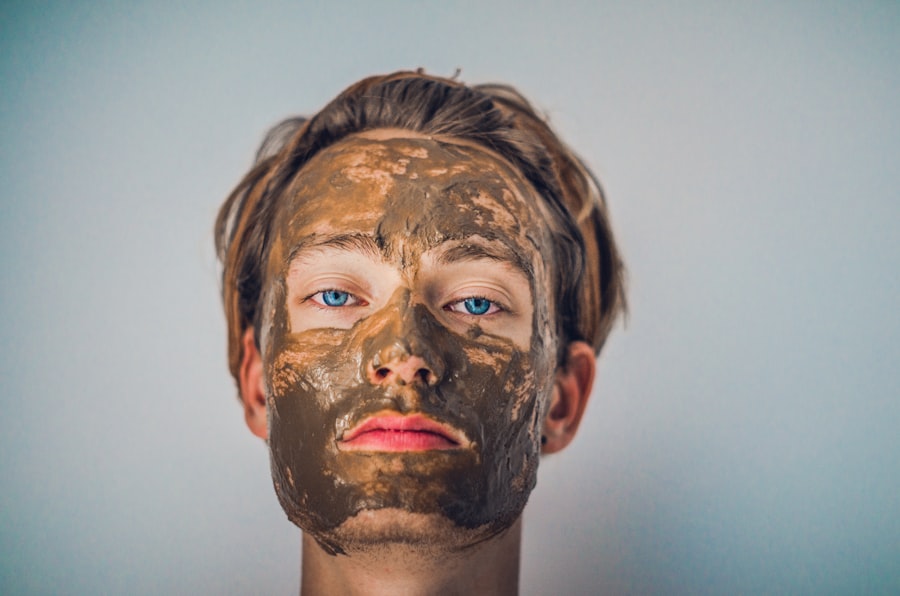Laser hair removal is a popular cosmetic procedure that utilizes concentrated beams of light to target and eliminate unwanted hair. The technology behind this method is based on the principle of selective photothermolysis, where specific wavelengths of light are absorbed by the pigment in hair follicles, leading to their destruction while sparing the surrounding skin. This technique has gained traction due to its efficiency and long-lasting results compared to traditional hair removal methods such as shaving, waxing, or plucking.
The procedure typically involves multiple sessions, as hair grows in cycles, and not all hair follicles are active at the same time. During a session, a trained technician uses a handheld laser device to emit light pulses onto the skin. The sensation can vary from a mild sting to a slight warmth, often likened to the snap of a rubber band against the skin.
Patients may experience some discomfort, but many clinics offer cooling devices or topical anesthetics to enhance comfort during the procedure. The effectiveness of laser hair removal can depend on various factors, including hair color, skin type, and the specific laser technology used.
Key Takeaways
- Laser hair removal uses concentrated light to target and destroy hair follicles, resulting in long-term hair reduction.
- Potential side effects of laser hair removal include redness, swelling, and skin irritation, which are usually temporary.
- Skin damage from laser hair removal can occur if the treatment is not performed properly or if the skin is not adequately protected.
- Factors that contribute to skin damage during laser hair removal include incorrect settings, improper technique, and inadequate skin preparation.
- To minimize the risk of skin damage during laser hair removal, it is important to choose a qualified and experienced professional, follow pre-treatment and post-treatment care instructions, and protect the skin from sun exposure.
Potential Side Effects of Laser Hair Removal
Immediate Side Effects
Common side effects of laser hair removal include temporary redness and swelling in the treated area, similar to a mild sunburn. These symptoms usually subside within a few hours to a couple of days post-treatment.
More Pronounced Reactions
Some individuals may experience more severe reactions, such as blistering or crusting, particularly if they have sensitive skin or if the procedure was not performed correctly.
Long-term Risks
In addition to immediate side effects, there are also long-term risks associated with laser hair removal. Hyperpigmentation, or darkening of the skin in the treated area, can occur, especially in individuals with darker skin tones. Conversely, hypopigmentation, which results in lighter patches of skin, may also happen. These pigmentation changes can be distressing for patients and may take weeks or even months to resolve. Understanding these potential side effects is crucial for anyone considering laser hair removal, as it allows for informed decision-making and realistic expectations regarding outcomes.
Skin Damage from Laser Hair Removal

Skin damage from laser hair removal can manifest in various forms, ranging from mild irritation to more severe complications. One of the most concerning types of skin damage is burns, which can occur if the laser settings are not appropriately adjusted for an individual’s skin type or if the technician lacks sufficient experience. Burns can lead to scarring and prolonged healing times, making it imperative for patients to choose qualified practitioners who adhere to safety protocols.
Another form of skin damage that may arise is textural changes in the skin. This can include conditions such as atrophic scarring or changes in skin elasticity due to thermal injury from the laser. These changes can be particularly distressing for patients who seek laser hair removal as a means of enhancing their appearance.
The risk of such damage underscores the importance of understanding the technology and techniques used in laser hair removal and ensuring that practitioners are well-trained in their application.
Factors that Contribute to Skin Damage
| Factor | Contribution to Skin Damage |
|---|---|
| UV Radiation | Causes sunburn, premature aging, and increases the risk of skin cancer |
| Pollution | Can lead to skin inflammation, acne, and premature aging |
| Poor Diet | Lack of essential nutrients can result in dull, dry, and unhealthy skin |
| Smoking | Reduces blood flow, damages collagen, and increases the risk of wrinkles |
| Stress | Can trigger skin conditions like eczema, psoriasis, and acne |
Several factors can contribute to the risk of skin damage during laser hair removal procedures. One significant factor is skin type; individuals with darker skin tones have a higher risk of experiencing adverse effects due to increased melanin content, which can absorb more laser energy and lead to burns or pigmentation changes. Conversely, those with lighter skin may be more susceptible to burns if the laser settings are not adjusted correctly.
The type of laser used also plays a critical role in determining the likelihood of skin damage. Different lasers are designed for various skin types and hair colors; for instance, Alexandrite lasers are often effective for lighter skin tones, while Nd:YAG lasers are better suited for darker skin types. Additionally, the experience and skill level of the technician performing the procedure cannot be overstated.
A well-trained professional will understand how to calibrate the equipment appropriately and recognize individual patient needs, thereby minimizing risks associated with skin damage.
How to Minimize the Risk of Skin Damage
Minimizing the risk of skin damage during laser hair removal involves several proactive steps that patients can take before undergoing treatment. First and foremost, it is essential to conduct thorough research when selecting a clinic or practitioner. Look for facilities that are accredited and have positive reviews from previous clients.
Additionally, ensure that the technician performing the procedure has extensive training and experience with laser technology. Prior to treatment, patients should also engage in a consultation where they can discuss their medical history and any concerns they may have regarding their skin type or previous reactions to hair removal methods. This dialogue allows practitioners to tailor their approach based on individual needs and risks.
Furthermore, following pre-treatment guidelines—such as avoiding sun exposure and certain medications that may increase sensitivity—can significantly reduce the likelihood of adverse effects.
Treatment Options for Laser Hair Removal-Related Skin Damage

In cases where patients experience skin damage following laser hair removal, several treatment options are available to address these issues effectively. For mild reactions such as redness or swelling, over-the-counter topical creams containing hydrocortisone can help alleviate discomfort and reduce inflammation. Cold compresses may also provide relief and promote healing in the affected area.
For more severe complications like burns or pigmentation changes, professional treatments may be necessary.
In cases of hyperpigmentation, topical agents like hydroquinone or retinoids may be prescribed to promote skin lightening and even out discoloration over time.
It is crucial for patients experiencing significant side effects to consult with a dermatologist who can provide tailored treatment plans based on their specific conditions.
Consulting with a Professional
Consultation with a qualified professional is an essential step in ensuring a safe and effective laser hair removal experience. During this initial meeting, patients should feel empowered to ask questions about the procedure, including what types of lasers will be used and how they are suited for their specific skin type and hair color. A reputable practitioner will take the time to explain the process thoroughly and address any concerns regarding potential side effects.
Moreover, discussing medical history is vital during this consultation phase. Patients should disclose any previous skin conditions, allergies, or medications they are taking that could affect their treatment outcome. This information allows practitioners to make informed decisions about the best approach for each individual case, ultimately enhancing safety and efficacy while minimizing risks associated with skin damage.
Is Laser Hair Removal Safe for Your Skin?
The safety of laser hair removal largely depends on various factors including individual skin type, the expertise of the practitioner, and adherence to pre- and post-treatment guidelines. While many people enjoy successful outcomes with minimal side effects, it is essential for prospective patients to remain informed about potential risks and take proactive steps to mitigate them. By choosing qualified professionals and engaging in open discussions about personal health histories and concerns, individuals can significantly enhance their chances of achieving safe and satisfactory results from laser hair removal procedures.
Ultimately, understanding both the benefits and risks associated with laser hair removal empowers individuals to make informed choices about their cosmetic treatments. With proper care and attention to detail throughout the process, many people find that laser hair removal offers a convenient solution for managing unwanted hair while minimizing long-term impacts on their skin health.






